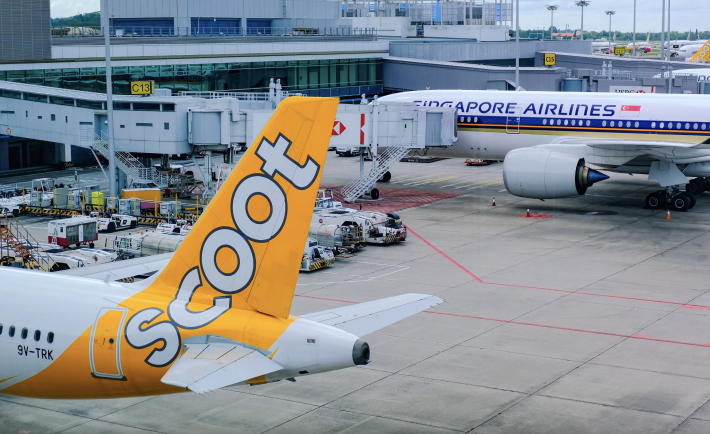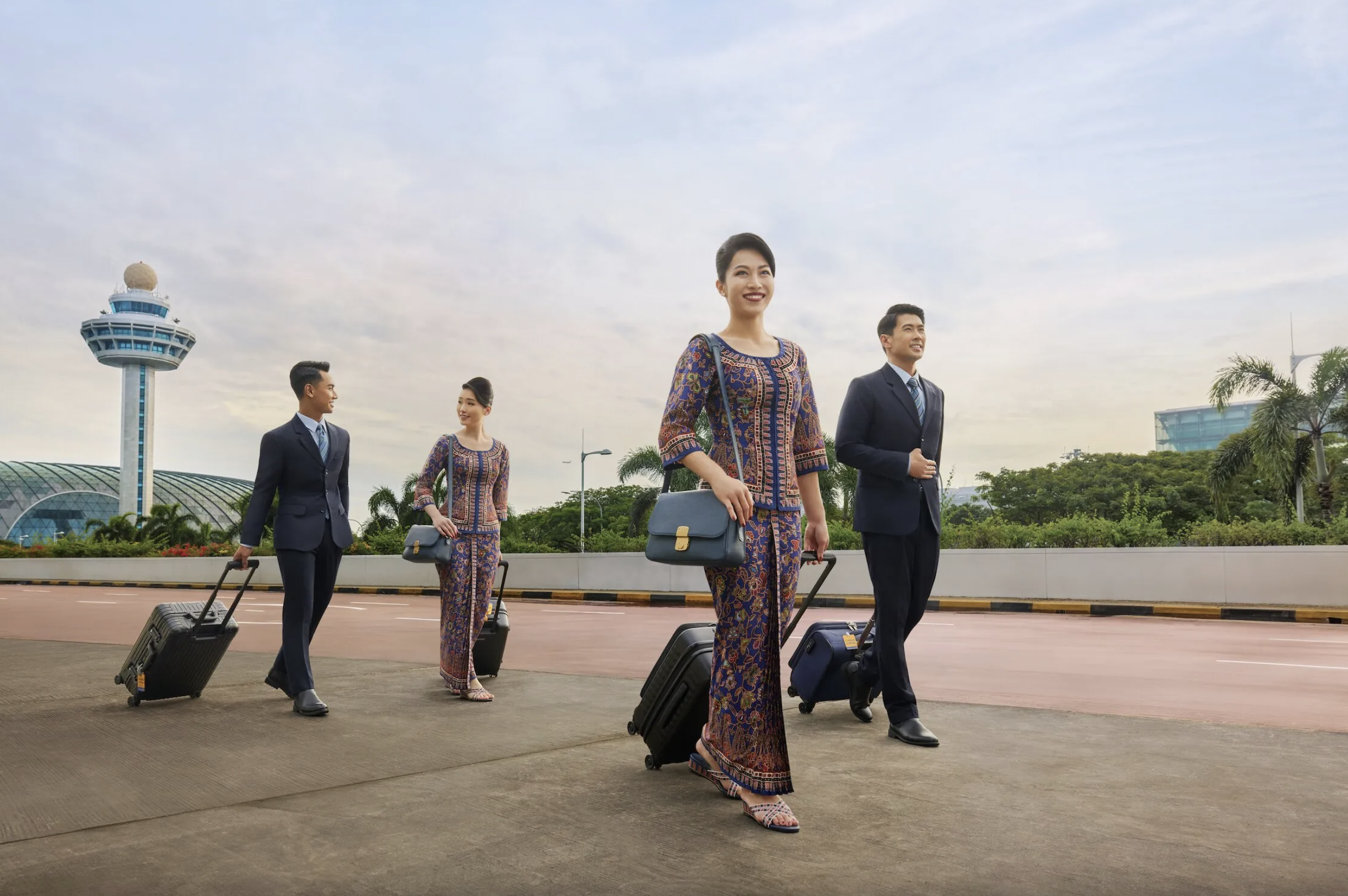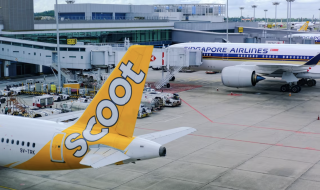
Singapore Airlines’ CEO Goh Choon Phong described the COVID-19 pandemic as the greatest challenge the airline had ever faced.
In 2020, like other airlines around the world, they had to ground many flights, implement big pay cuts, and even furlough employees as air travel slowed down due to the pandemic.
But now over four years later, it seems like they’ve dealt with this big problem well.
Things are looking up?
Air travel demand is way up again, and Singapore’s airlines including SIA, Scoot, and Jetstar Asia are doing much better.
SIA had its first-ever full-year loss during the pandemic but in May 2024, they reported a record profit of S$2.68 billion for the year ending in March.
P.S. As a reward, employees got a bonus of almost eight months’ salary.
Scoot is also seeing growth, as they got their first two new planes in April.
Their CEO Leslie Thng said that it shows they are confident in more air travel demand.
Jetstar Asia expects passenger capacity to be above pre-COVID levels by the end of 2024.
A spokesperson said they will keep expanding routes and planes and hiring more staff.
Not totally clear skies
But SIA warned of more competition cutting into revenue.
Factors like rising global tensions, an unsure economy, supply issues, and high inflation could also cause problems.
Last month, some Scoot flights got canceled for various operational reasons, including supply problems.
Experts said losing skilled workers during the pandemic may have contributed too.
Jetstar Asia also cited strong competition as an ongoing challenge.
Competition is especially tough in Asia-Pacific, as flight routes have increased by nearly 60%, and low-cost airline routes quadrupled since 2011.
Theoretically, more competition should lower fares.
But it also means airlines are making less money now that costs are rising as they try to add more flights.
More costs passed down to passengers
With that said, airlines may have to keep raising ticket prices above pre-pandemic levels.
Aviation analyst Brendan Sobie also advised the public not to expect prices to go all the way back down to 2019 levels.
Talent no more
Singapore’s airlines are also dealing with staffing issues that COVID-19 made worse.

Image Credits: singaporeair.com
The risk of losing a job again and wanting a better work-life balance has made some people leave the industry for good.
Former cabin crew said they left for more stable full-time jobs too, since they now value more consistent hours.
At the same time, other growing sectors like e-commerce and tech are offering better work conditions.
Supply chain woes
And that’s not all.
Willie Walsh from the International Air Transport Association (IATA) noted that problems getting new planes delivered could last until 2026.
There are two main reasons for this:
One is the increased demand for spare parts now that more planes are back in service after sitting idle during the pandemic.
But there’s a lack of parts, so some planes can’t fly yet.
This is made worse by fewer workers in aerospace after COVID-19.
Two is all the backlogs from orders placed years ago that now need to be filled before new orders.
However, production disruptions from the pandemic have piled everything up.
It’s a gradual process of getting parked planes flying again and filling orders.
Resolving all the issues will take time because the chain involves so many specialized global components.
Fuel is also an issue
Lastly, another challenge will be using more sustainable aviation fuel, which is much costlier.
Singapore is leading the push but even our big plant can’t meet future demand alone; more supply sources will be needed.
Nonetheless, on a positive note, technology and AI innovations could help operations, customer service, safety, and maintenance issues.
For instance, Changi Airport Group has already started testing AI baggage screening last November.
While there are clearly mounting challenges, the industry opportunities with Asia’s popularity among travelers could overall benefit Singapore’s airlines and transit hub role.




